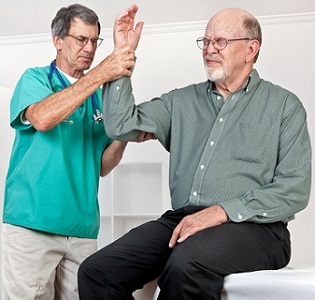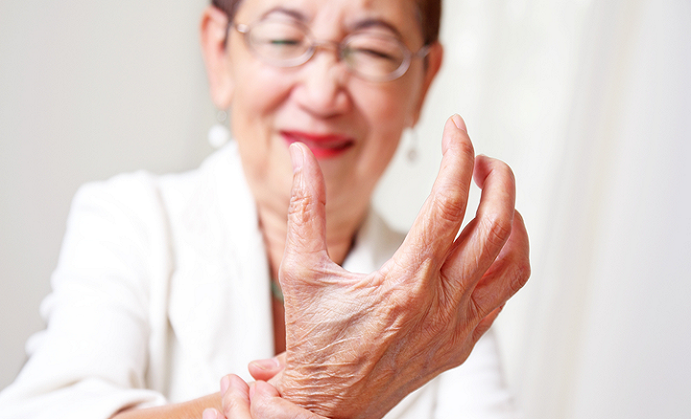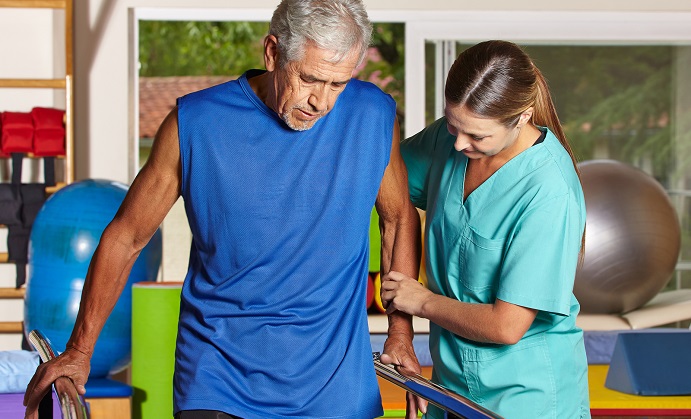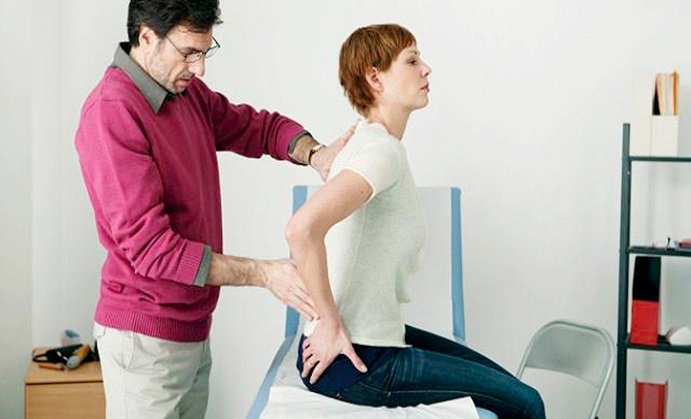Out of the one hundred types of identified arthritis, osteoarthritis and rheumatoid arthritis are the most common forms. They both work in similar ways and are, unfortunately, undetectable as they develop. Because of this, doctors struggle to diagnose the problem early on and, in some cases, even misdiagnose the patient. By the time a diagnosis has been made, the disease is usually in its later stages, causing severe pain and lack of mobility to patients.
With these two types being the most common among sufferers of arthritis, it is important to distinguish between the two. Being able to identify the different symptoms of Rheumatoid Arthritis from Osteoarthritis can help prevent and treat some of the symptoms that come with these two variations of the disease.
Osteoarthritis
 Osteoarthritis works by damaging the cartilages of joints. The cartilages exist to protect the two bones from rubbing together. Once they have deteriorated enough, the bones of the joint will rub together causing tremendous pain as the joints degenerate from the friction.
Osteoarthritis works by damaging the cartilages of joints. The cartilages exist to protect the two bones from rubbing together. Once they have deteriorated enough, the bones of the joint will rub together causing tremendous pain as the joints degenerate from the friction.
Physicians claim that there are many causes of osteoarthritis and it is most common in people over the age of fifty. Symptoms can range from difficulties moving to inflammation but the most common symptom is joint pain. Plenty of treatments exist to help prevent the disease reaching its later stages and maintaining a healthy lifestyle with daily exercise has been proven to prevent osteoarthritis.
Rheumatoid Arthritis
Unlike osteoarthritis, rheumatoid arthritis affects the entire joint, and most commonly targets the hands. The pain typically appears in the morning but fades as the day continues onwards. This causes many people to be fooled into thinking they simply slept in an awkward position, so they refrain themselves from consulting a medical professional.
The pain usually comes from stiffness in several joints over the body, and makes moving a painful task. Other noticeable symptoms include: swelling and redness over the area as well as a warm stiff feeling around the joints affected.
 In later stages of Rheumatoid arthritis, deformities may appear and the skin can turn rough. This stage is the most noticeable sign of having this type of arthritis but it is also one of the latest stages making it incredibly hard to treat. This is why it is important to get diagnosed at the first sign of any unusual feeling in the joint areas over your body. If you have any of these symptoms you should seek medical assistance immediately so a professional can diagnose you as soon as possible and begin to treat your symptoms before the disease advances into its later stages, which can end up being rather troublesome for doctors to cure. Finding out you are diagnosed with arthritis in the early stages can help aid the prevention of later symptoms before they can appear.
In later stages of Rheumatoid arthritis, deformities may appear and the skin can turn rough. This stage is the most noticeable sign of having this type of arthritis but it is also one of the latest stages making it incredibly hard to treat. This is why it is important to get diagnosed at the first sign of any unusual feeling in the joint areas over your body. If you have any of these symptoms you should seek medical assistance immediately so a professional can diagnose you as soon as possible and begin to treat your symptoms before the disease advances into its later stages, which can end up being rather troublesome for doctors to cure. Finding out you are diagnosed with arthritis in the early stages can help aid the prevention of later symptoms before they can appear.
Rheumatoid and Osteoarthritis are the most common types of arthritis but many other types also share similar symptoms and effects. Any pain or unusual feelings in the joints should always be consulted over with a doctor to clarify the type of arthritis it may be, helping to eliminate any ill effects of arthritis early on with professional treatment.
Do you want to find an effective Joints treatment? Check out our top rated Joints products










